The World’s Peculiar and Odd Creatures
Animals are nature’s greatest fascination. According to the BBC, there are about 8.7 million known species of animals and plants in the world—and that’s just what scientists have discovered. Who knows what else is out there lurking the ground, wading through mud, hanging off trees, or swimming through the depths of the sea? Knowing that our planet is teeming with life, there’s bound to be some shockers out there. More than just the common fauna we know—dogs, horses, worms, cockroaches—the earth is home to more bizarre creatures that may baffle some. From giant flatfishes to purple frogs, here are some of the world’s most bizarre animals.
Pinky the albino dolphin of Lake Calcasieu
Pinky is probably the least mystifying animal on this list. We’re starting off with something cute instead of wild. Pinky shook the world when she was first discovered in 2007 in the Calcasieu River in Louisiana. The pink color all over her body led scientists to believe that she is an albino.
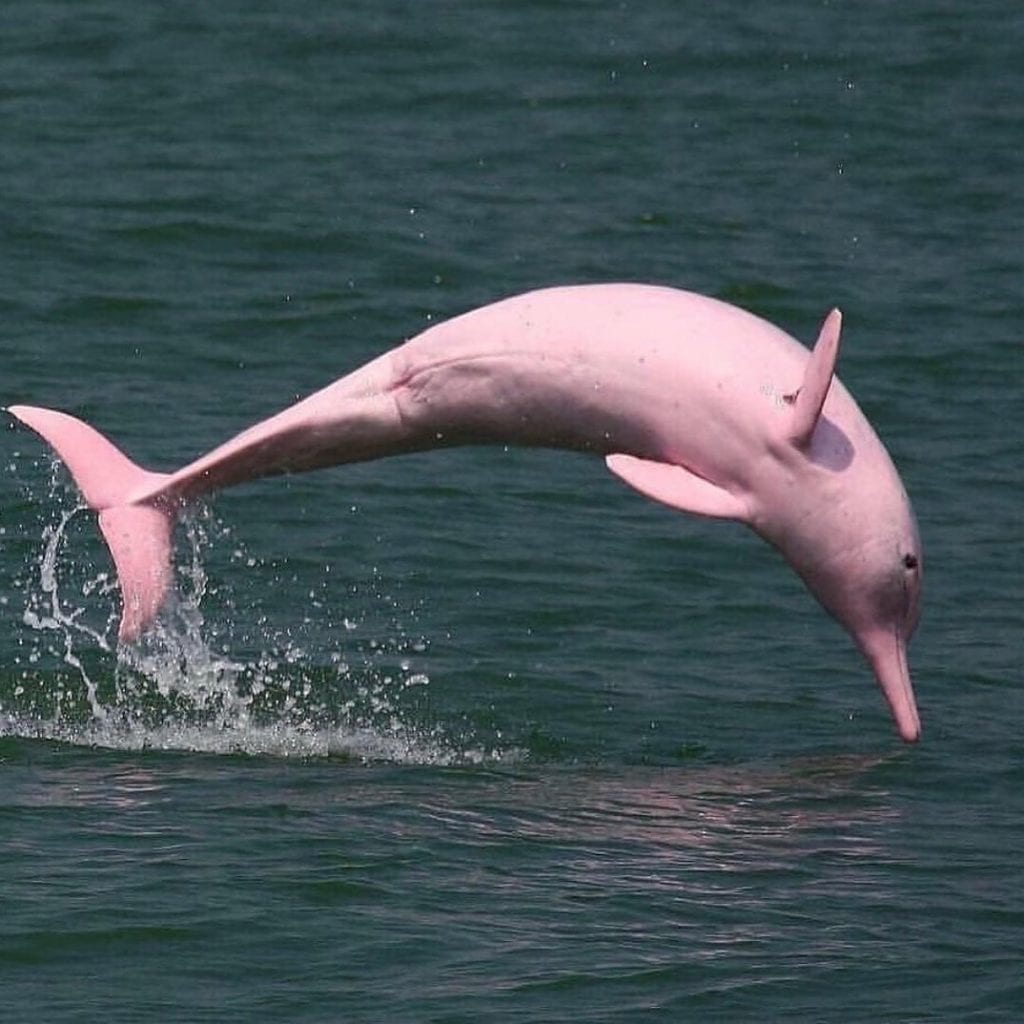
Albinism is when the pigment melanin, responsible for color, is not produced like normal. Aside from Pinky’s body, she also has red blood vessels and eyes, and very pale skin—all traits of albinism. She was more recently spotted in 2015 and caused a stir on social media. While dolphins are widely known as saltwater creatures, some species like Pinky’s will actually travel in freshwater before returning to the ocean.
Ctenophore
While this next ocean creature may look like a jellyfish, they are part of completely different categories. The ctenophore, also known as the Comb Jelly, is so alien-like that it looks like it could have just alighted a spaceship. They have 8 rows of cilia along their sides, hence “comb.” These beat in sync to propel them forward.
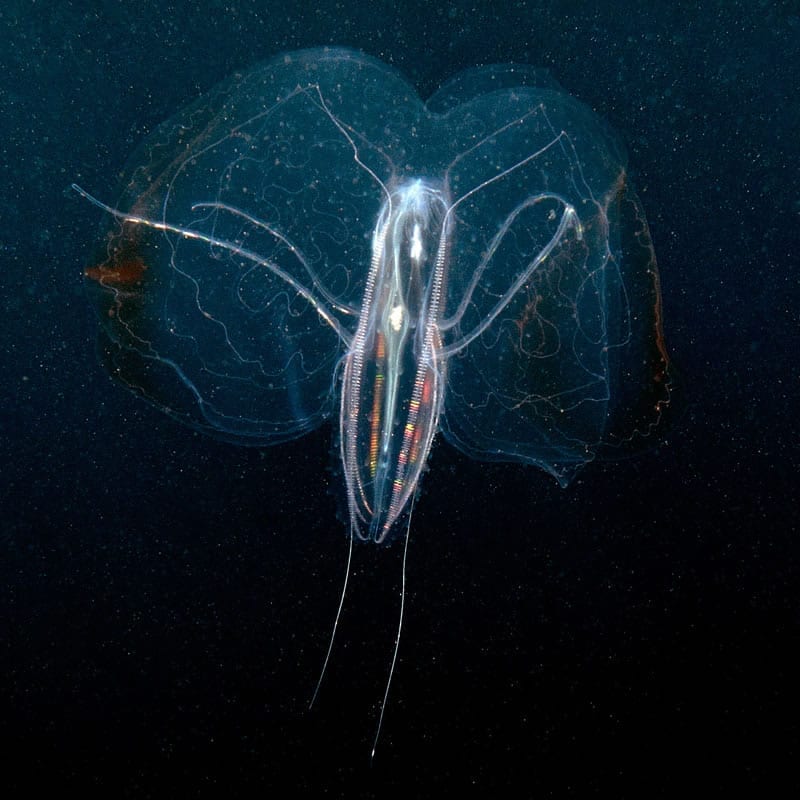
Don’t be fooled by this magnetic beauty. They are actually carnivores, feeding on anything they come across. This includes planktons, and larger ones may even eat fish or crustaceans. The ctenophore mostly swims, though there is a group that skirts the sea bed.
Ocean Sunfish
Scientifically named Mola Mola, the Ocean sunfish is a laterally flat saltwater fish. It has fins on the top and bottom called the dorsal and anal fins, and its tail folds inwards as they grow older, making it look like a bullet. The Ocean sunfish is the largest bony fish in the sea, with the ability to weigh up to 1,000kg and span 1,8m in length.

The sunfish gained its name because of its habit of lazing around in the sunshine on the ocean’s surface. It often lets seabirds rip the parasites from their skin. It is also nicknamed the “swimming head” and appropriately so. The Ocean sunfish is curious and will often approach divers, but they are harmless to humans.
Greater Sage-Grouse
This bizarre-looking bird has been marked as near-threatened. They are native to sagebrush country in western North America, southern Alberta, and Saskatchewan. Probably the most fascinating thing about this avifauna is its mating call. It would make burbling sounds, puff its chest, and fan its tail out, making it look like a cross between a turkey and a less-enthralling peacock.
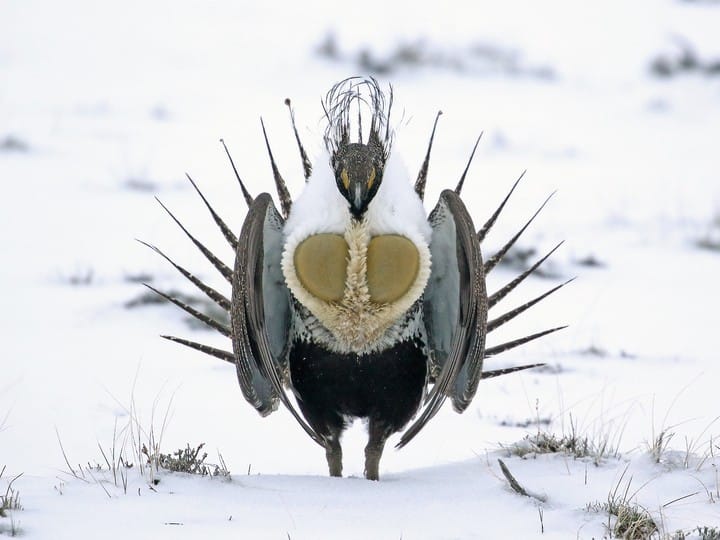
The Greater sage-grouse has yellow air sacs on their chest that puff out when they are trying to attract a female. It does all these steps while strutting around, providing a wild spectacle indeed. This species of grouse lives up to 9 years in the wild, but on average, it is anywhere between 3-6 years.
Tarsier
It’s easy to make the association that Mort from the movie Madagascar is a tarsier, but that’s only because Mort is a lemur, and the tarsier looks like a cross between a lemur and a monkey. These tree-hugging primates reside in Southeast Asia, particularly Indonesia, the Philippines, and Malaysia. They are generally tiny, with the largest it can ever grow being a mere 16cm in height.
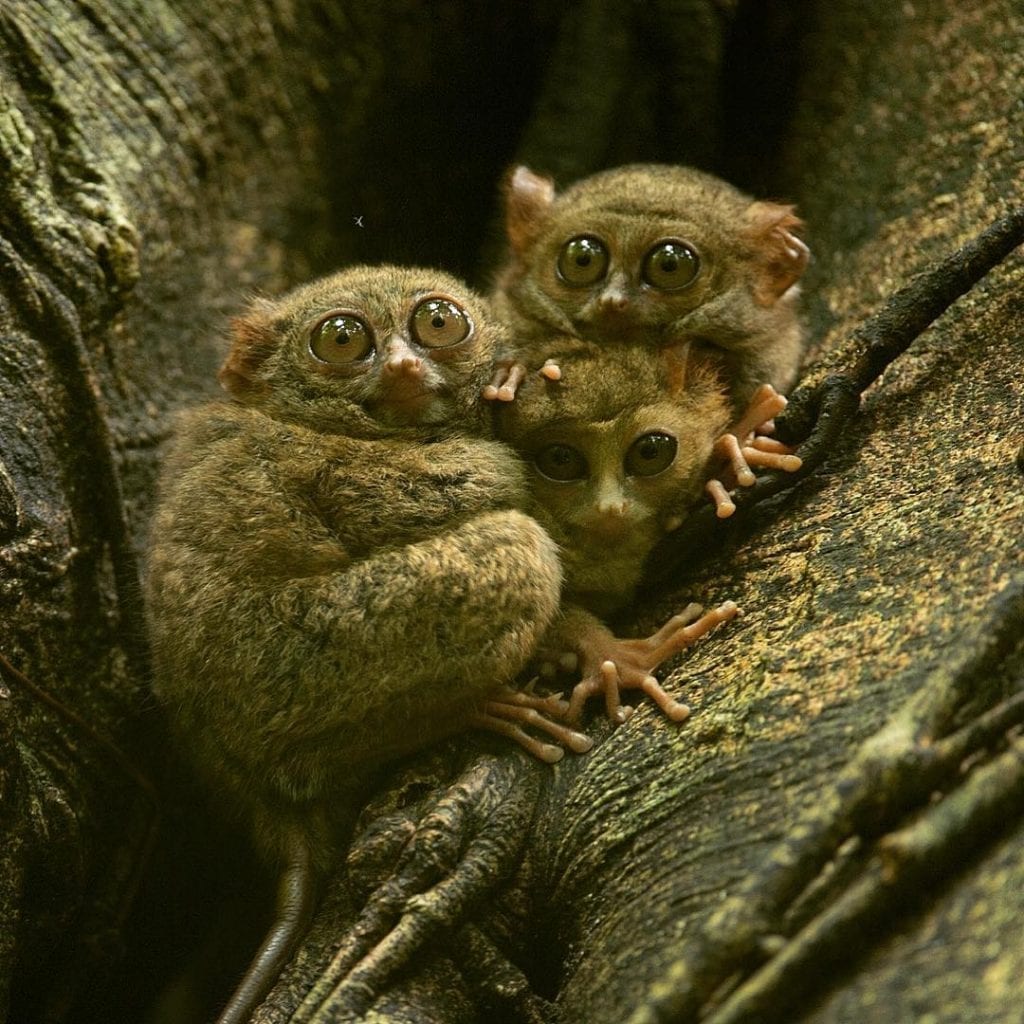
The tarsier has a small body but seemingly disproportionate bulging eyes. Its head can rotate 180 degrees. Despite its tiny stature, it is actually carnivorous, eating lizards, insects, and even snakes. Tarsiers move by jumping between tree trunks, propelled by its hind legs.
Mexican Mole Lizard
Known scientifically as Bipes Biporus, the Mexican mole lizard looks more like a worm than either animal. Their long sectioned bodies can measure up to 24cm in length and 6cm in width. Probably the most bizarre of all these fun facts is that it only has two front legs.
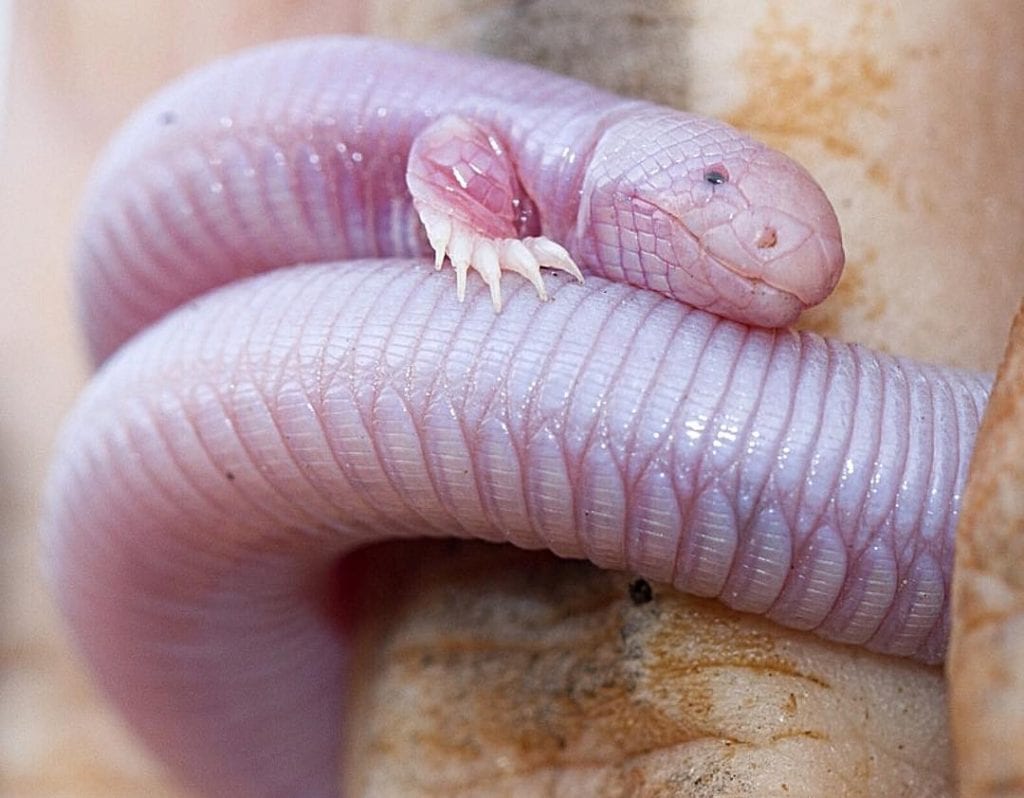
These critters are local to the Baja California peninsula’s underground. Their legs are equipped with claws, which they use to dig through dirt. The Mexican mole lizard eats anything small. Insects, ants, and termites are regular parts of their diet.
Saiga antelope
Probably the most unique feature of the saiga is its nose, which resembles an anteater’s. The nose works as both air conditioner and radiator, depending on the weather. In the summer months, it cools the air before it enters the lungs, and in the winter months, it warms up the air.
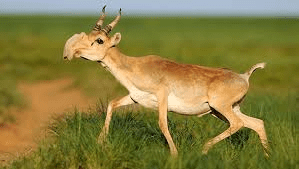
Between the summer and winter months, this species of antelope can migrate over 1,000km in distance. Unfortunately, the saiga has been classified as critically endangered. They used to number in the millions, but the 95% decline in numbers has left them in the thousands. They are often hunted for their horns, which are commonly used in Chinese medicine.
Axolotl
These adorable amphibians are also known as the Mexican walking fish. Despite this name, they are actually not fish. According to National Geographic, the axolotl is around the same size as a teacup.
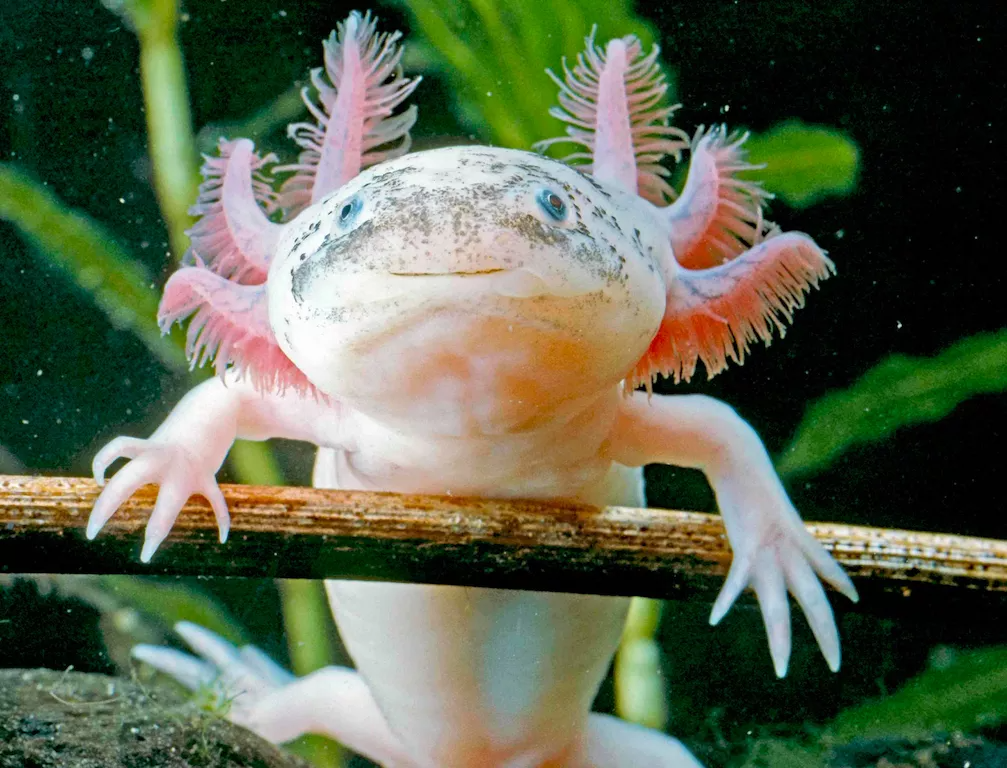
The axolotl has external gills poking out behind its head, making it look like it’s wearing a crown. It has front and hind legs and a dorsal fin that runs along its length. They are sometimes kept in captivity as pets, but these creatures have been classified as critically endangered.
Aye-Aye
The aye-aye is native to the Madagascar rainforest. They are a little bigger than the tarsier, weighing up to 2-3kgs. These primates have long, slender fingers, large ears, and tails that are bushy and bigger than they are.
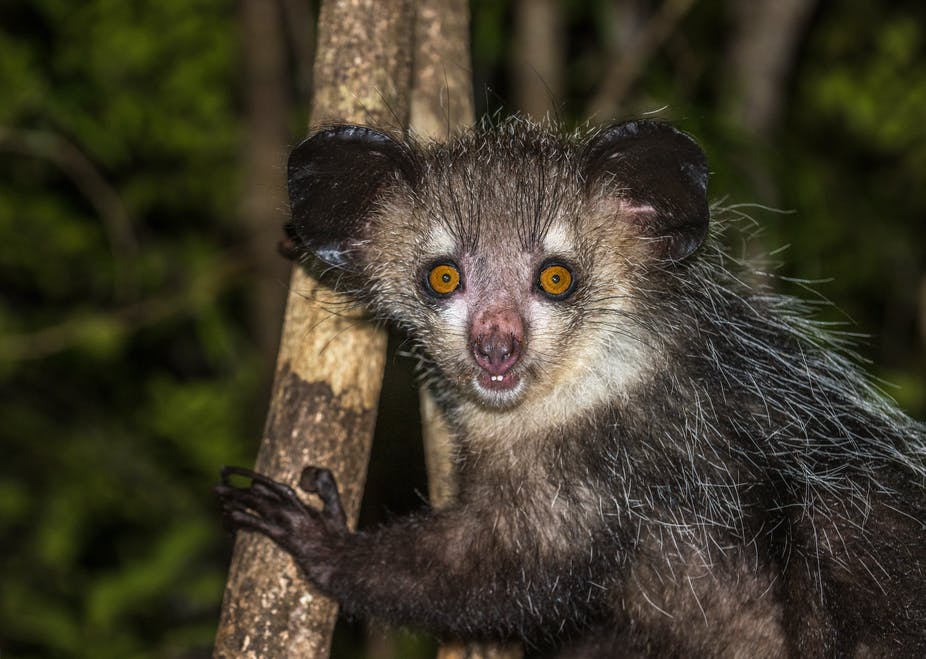
Aye-ayes are often found dangling from branches. They are nocturnal animals, and in the day, they sleep in their nests, made of branches and leaves. Their diet is omnivorous and consists of eating larvae, insects, as well as fruits. For Madagascans, they are a sign of bad luck. People often kill them on sight, which has contributed to the decrease in their population.
Indian Gharial
According to the Internal Union for Conservation, the Indian gharial is critically endangered, with a mere 650 adult gharials remaining in the wild. They are found in the river systems of India. These creatures bear a heavy resemblance to alligators, except their snout is much thinner.
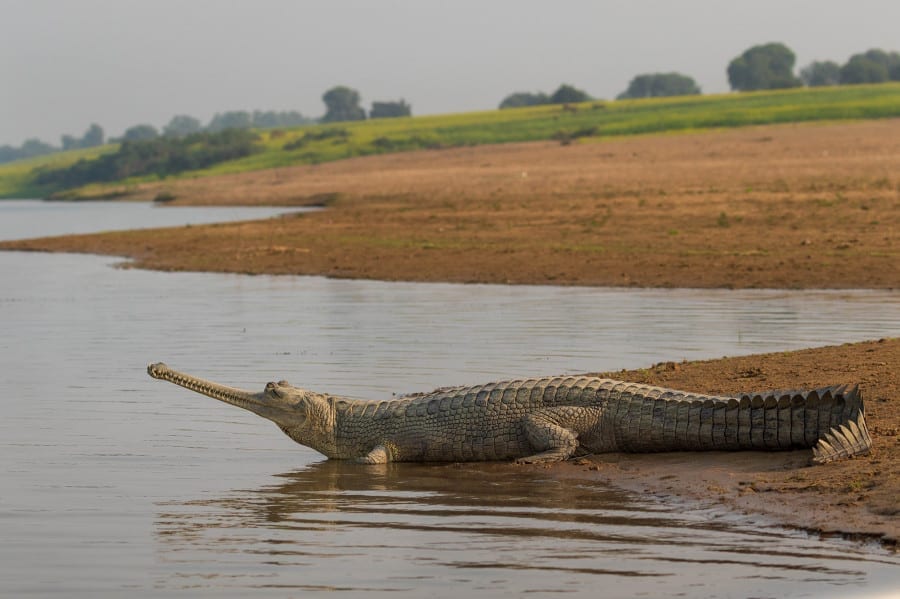
Male gharials have a lump called ghara at the end of their snout, which they use to make bubbles on water surfaces as mating calls. These reptiles are fish-eating and can grow up to 4.5m for females, 6m for males. India is working hard to conserve the gharial as they are most threatened by human activities.
Amazon Giant Fishing Spider
The Amazon is home to exotic animals like the macaw, poison frogs, and piranha. But lurking in its waters is a dangerous arachnid. As its name suggests, the Amazon giant fishing spider is truly enormous. Its legs span about 12cms each, and they can grow up to 8 inches, making them a little bigger than an adult human hand.
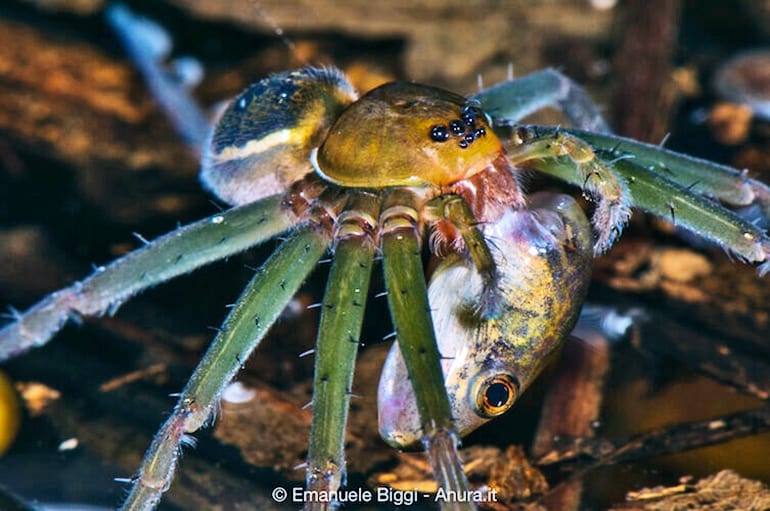
This spider prey on fish and tadpoles. They can be submerged underwater for intervals of up to 30 mins to catch their prey. Ther bristle-like hairs function as air bubble traps, which they use to help them breathe underwater.
Helmeted Hornbill
This exotic bird is found in the dense forests of Sumatra, Thailand, Borneo, and Myanmar. It is impressive in size, with a wingspan of 90cms and weighing 3kg. These birds specifically feed on fruits from the species Ficus, which are only available in undisturbed forests, but that’s not why they are critically endangered.
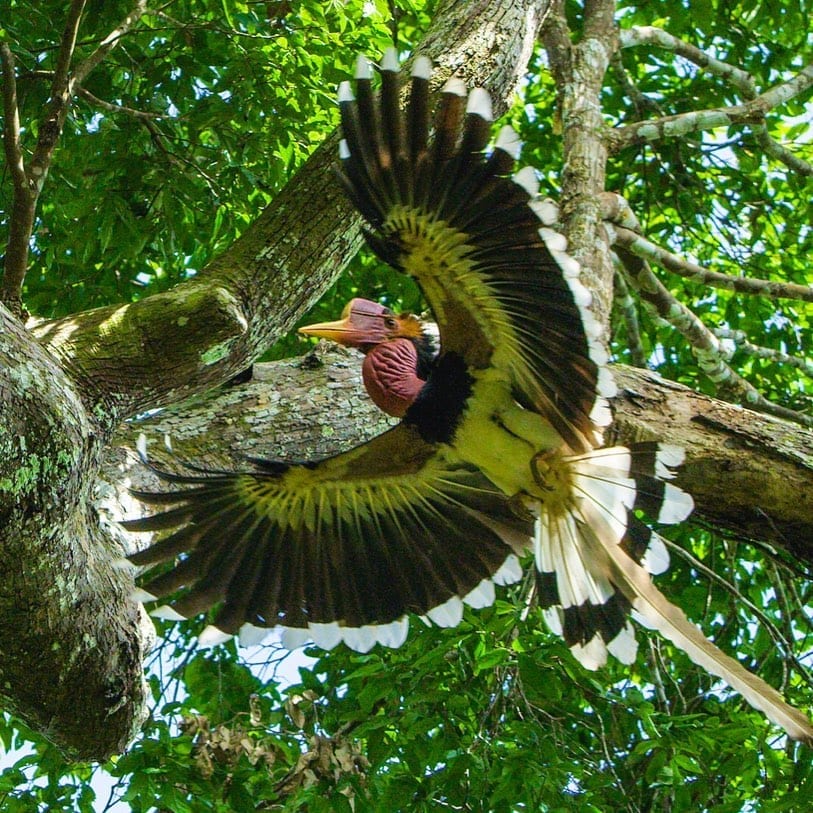
The helmeted hornbill’s helmet or casque is fully solid and often used in head-to-head combat. Unfortunately, the casque is why people hunt them down, as it has recently been used more frequently as material in carved ornaments and jewelry.
Red-lipped Batfish
The red-lipped batfish is named so because it looks exactly as it sounds. It has bright red puffy lips and a bat-like body. Usually found in the Galapagos Islands between 3-76m deep, this fish does not swim. In fact, it scurries along the ocean floor using its pelvic and pectoral fins.

This glammed-up creature has a horn or illicium between its eyes, which is retractable and covered in hair. It uses the illicium to lure its prey if its glowing red lips aren’t enough to attract. The batfish is carnivorous, eating crustaceans and small fish.
Stargazer Fish
Also known as the meanest fish, the stargazer got its name because it has eyes on top of its head. It spends its days burying itself in the sand using their pectoral fins, waiting in hiding until prey swims by.

The stargazer fish is an ambush predator. Its mouth works like a vacuum that sucks in unwitting crab or small fish. They don’t have the need for chewing, so their teeth are tiny. In terms of defense, most species of stargazer have venomous spines on their back to protect them from predators. Still, other stargazers have the ability to electrocute its attacker.
Japanese Spider Crab
The sight of the Japanese spider crab can be terrifying, like a crab on steroids. They are the largest species of crustaceans on Earth, with a length of 12.5 feet from one tip of one claw to the next. Its ten legs extending from its body earns it the name “spider crab.”
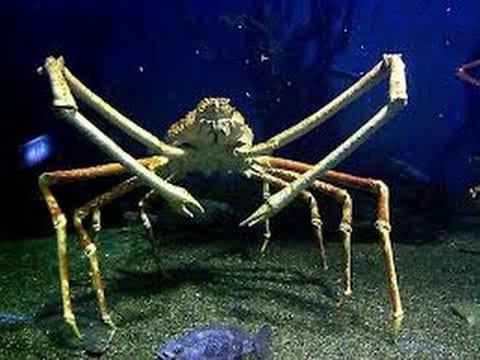
These gigantic crustaceans live under the sea in the cold at depths of between 164 to 1,640 feet. They scavenge for plant matter or dead animals in the deep and then reproduce in shallower waters. Just because they’re one of the world’s bizarre creatures doesn’t mean they can’t be used for food. Their meat is said to be sweet compared to other crabs or seafood.
Purple Frog
Let’s do a deep-dive of some of the world’s strangest frogs. Up first, we have the purple frog of the Western Ghats in India. They are one of only two species in the family, Nasikabatrachus. Despite its name, it’s not exactly purple. It’s more of a greyish color. They are also known as the pig-nosed frog, for obvious reasons if you see the photo below.
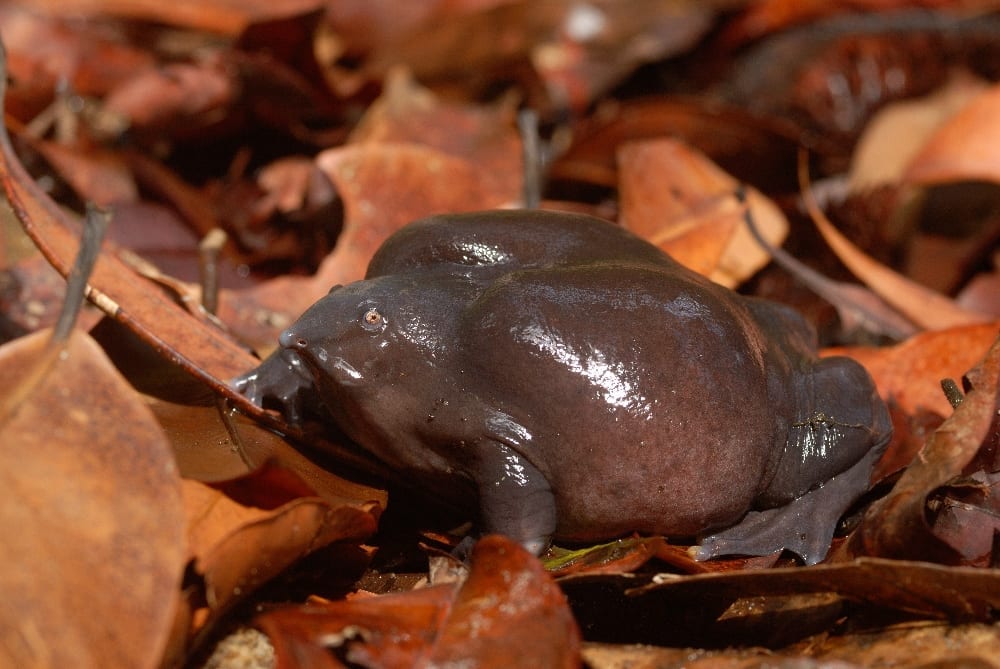
The purple frog is not the kind of frog that leaps. Its hind legs are short, so they move in strides instead. They are part of a species that burrows, and therefore were not acknowledged by scientists until 2003 despite the locals already identifying them and giving them a name.
Hairy Frog
Next, we have the scariest frog on the list, even nicknamed the horror frog. Found in Cameroon, the males of this species will have hair appear on their body and thighs during the breeding season. These hairs are blood vessels that act like gills and help them breathe in more oxygen. But that’s not the creepiest thing.
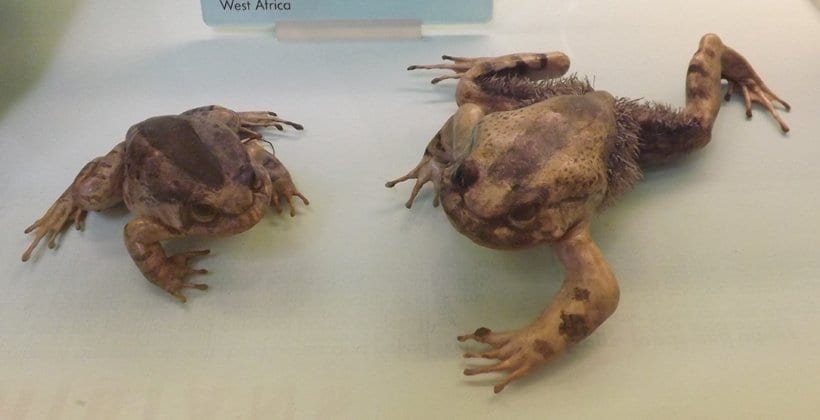
The hairy frog is also known as the Wolverine frog because it literally breaks its hind toes to reveal claws when under threat. The claws are made of bone and are hidden in the hind feet behind the tissue. This may just be the most hardcore defense mechanism in nature.
Clawed Frog
Last on the bizarre frogs’ list is the clawed frog, native to the African Rift Valley, South Africa, Angola, and Namibia. As its name suggests, this frog has claws on its hind feet, but not the kind that needs toe-breaking to reveal.

Clawed frogs have front feet that are not webbed like the generic frog. It is used to shove food into their mouths, while their hind claws are used to tear apart the prey. They are scavengers and feed on crustaceans, freshwater snails, tadpoles, and small fish.
Marabou Stork
This bird is known as the unofficial national bird of Uganda. It finds its home in tropical Africa, including Uganda, Eritrea, Ethiopia, Somalia, and Senegal. An adult marabou stork can weigh up to 8kg and span up to 1.3m in length from its beak to its tail.
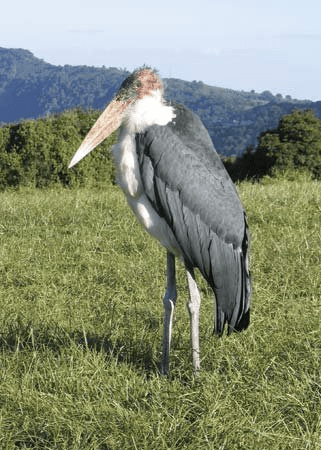
Often referred to as the undertaker, this stork looks like it is wearing a large black cape from the back. In truth, it is just its wings, with a wingspan that reaches a whopping 11 feet. These birds are attracted to grass fires, flying over the flames and swooping down on any animals running away. They are carnivores, often found feeding on animal carcasses along with vultures and hyena.
Mata Mata Turtle
This may be the most dinosaur-like creature on this list so far. Originating in the Amazon and Orinoco basins, the mata mata turtle has the body of a generic turtle but a head that is rugged, leaf-like, and flat. They are loners that spend most of their time stationary, only leaving the water to lay their eggs.
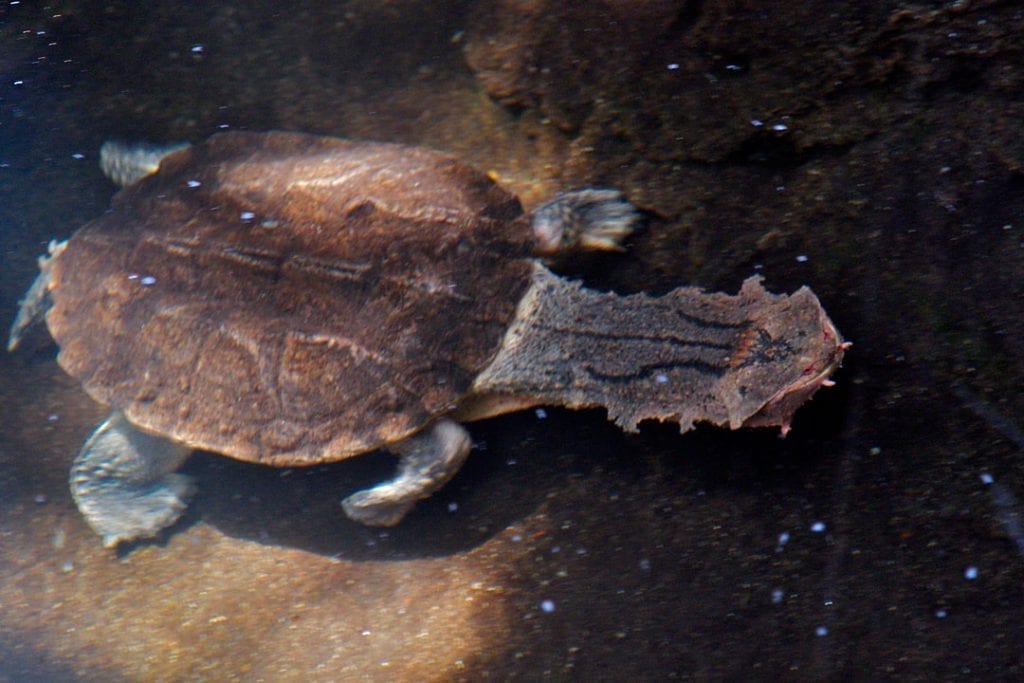
These turtles move so little that they don’t even look for their food. They just suck up any fish that happens to pass by. Adult mata matas can grow up to 20 inches in length over its 40 to 75-year lifespan. Another unique thing about them is that their neck is longer than their backbones, allowing them to stretch to the surface for some air while their bodies remain underwater.
Silkie Chicken
This chicken’s fluffy feathers would make you want to keep it as a pet. The silkie chicken is believed to have originated in Asia and was even recounted in Marco Polo’s journal as a “furry chicken.” Its silky plumage is not held together like regular chickens, making them unable to fly. They are also not waterproof.

Silkie chickens have a pom- pom crest at the top of their heads. It has five toes instead of four toes like the typical chicken, and their two outer toes are feathered. Their bones and skin are black, and they have striking bright blue earlobes.
Pink Fairy Armadillo
Pinky the dolphin is not the only pink animal around. The pink fairy armadillo is local to Central Argentina and is found mostly in the desert. At its longest at 12cm, it is the smallest of the armadillo species. These creatures mostly burrow, which is why they are rarely seen.
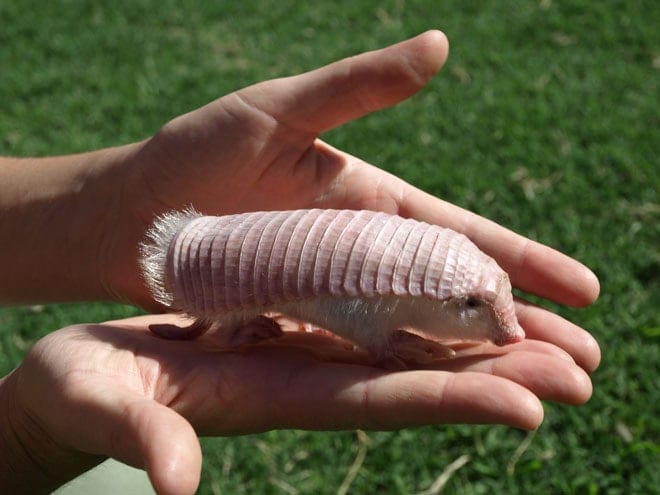
This armadillo’s rosy pink shell is not due to albinism. It is connected to its body with a membrane along its spine, and it acts as a radiator to adjust its temperature, pumping blood into the shell or the body depending on what the weather calls for. The pink color is actually blood vessels running through the shell, which is fragile and unlike the tough plates on the common armadillo.
Vogelkop Super Bird-of-Paradise
Also known as the crescent-caped lophorina, this bird is the most mesmerizing animal on the list. It finds its home in New Guinea’s Bird Head Peninsula and rose to fame after featuring on David Attenborough’s Planet Earth series on Netflix.
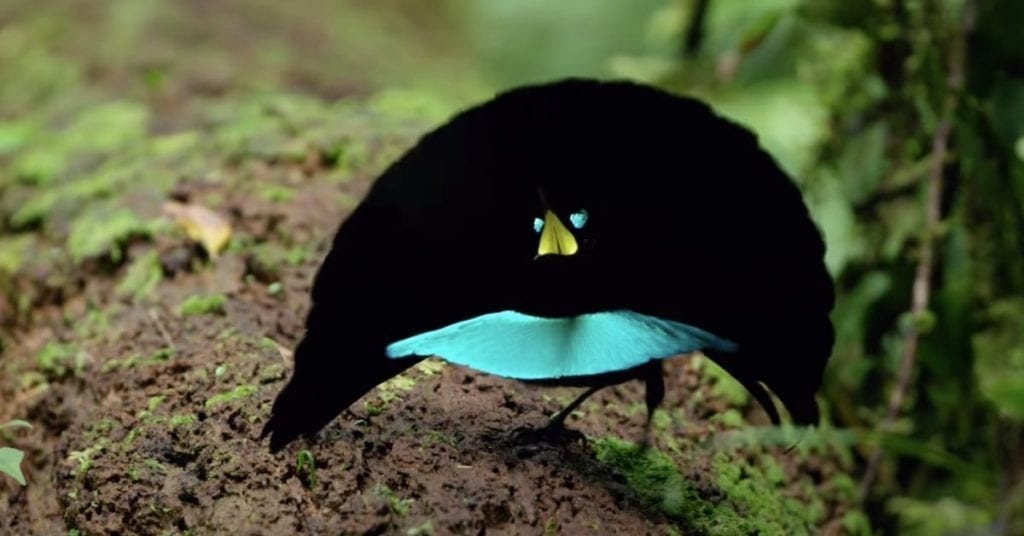
The Vogelkop male’s mating display involves it fanning its dark black feathers, making it look like an oval disk. Doing this reveals the electric blue plumage under this and a pair of dots of the same color, making it look like an entrancing smiley face. It then slides from side to side while singing its distinct mating call.
Remora
These parasite-like sea creatures stick themselves onto sharks using their sucking discs, which act as vacuums. Remora can also be found stuck on sea turtles and bony fishes. It is for this reason that they are nicknamed the suckerfish or shark sucker.
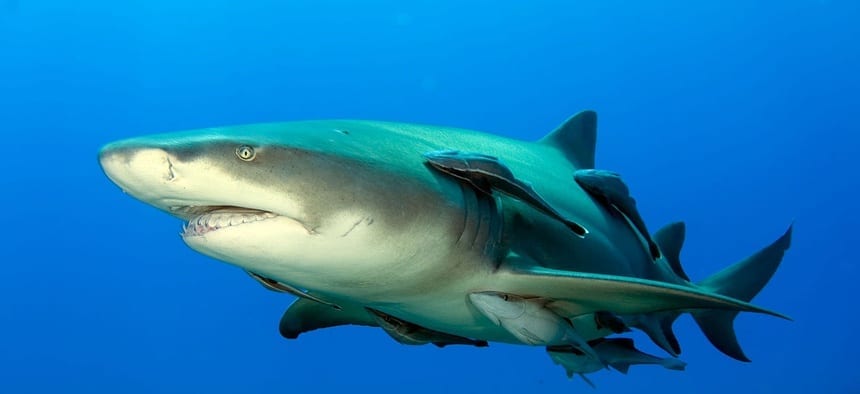
The remora can be found anyone in the world’s oceans in the warmer bodies of water. They have a symbiotic relationship with their hosts, as they suck the parasites off their hosts’ skin and eat their floating leftovers.
Hoatzin
Originating from the swamps in South America, the hoatzin is also referred to as the skunk bird, stink bird, or reptile bird. Its digestive system is similar to that of cows, which allows it to ferment their food. This fits well with their diet of buds, leaves, and swamp plants.
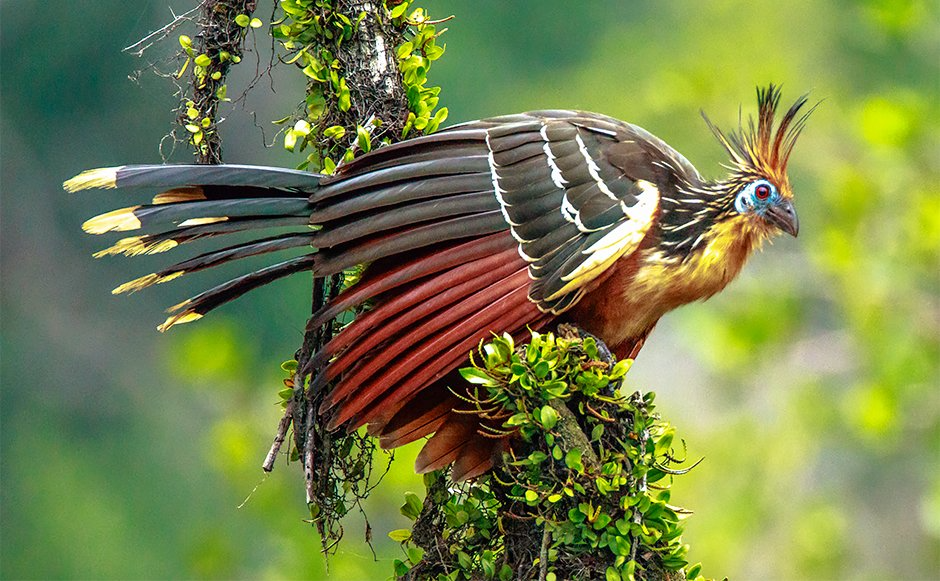
Hoatzins are not great flyers. They spend their days mostly perched as they digest their meal. They do, however, have interesting physical features. They have red eyes, a blue face, and brown and yellow feathers.
Giant African Land Snail
Scientifically named Achatina fulica, the giant African land snail is native to Somalia, Mozambique, and Kenya. However, it has also been found around the world where the climate is hot and humid. You can probably identify one of these slugs for yourself. It is almost 8 inches long and 4 inches tall, with 7-9 spirals on its shell.

This land snail’s shell is colored between light and dark brown, with vertical stripes that are a darker shade of brown. They feed on live or dead plants like flowers, barks, seeds, fruits, and nuts. This slug is not a social creature, not even caring for their offspring.
Blue Dragon
No, this is not a Game Of Thrones-style dragon that flies and breathes fire. The blue dragon is actually a sea slug found in tropical waters. They are baby blue on top and silver on the bottom, which helps them camouflage with the blue of the ocean and the reflection of the water as it floats.
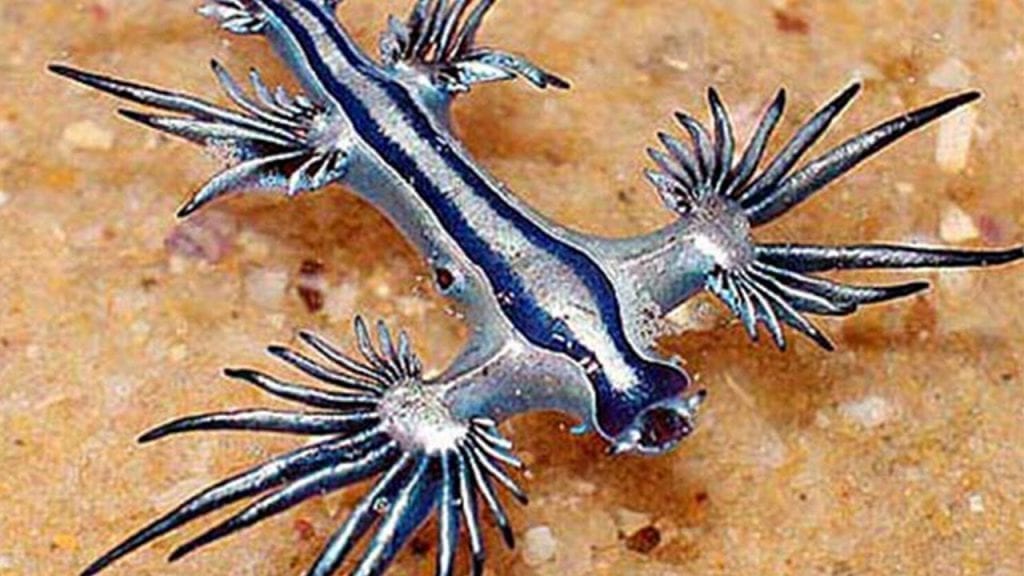
The blue dragon’s defense mechanism is to release non-venomous stings. The stings these dragons release actually reacts to the stinging mechanism of the creature that it eats, which is jellyfish.
Hammer-Headed Bat
Finding its home in West and Central Africa, the hammer-headed bat habituates swamp forests, mangroves, and riverine forests. They have large, bulging eyes, with the males having a unique fold on their lips. These bats travel in colonies of up to 25 bats.
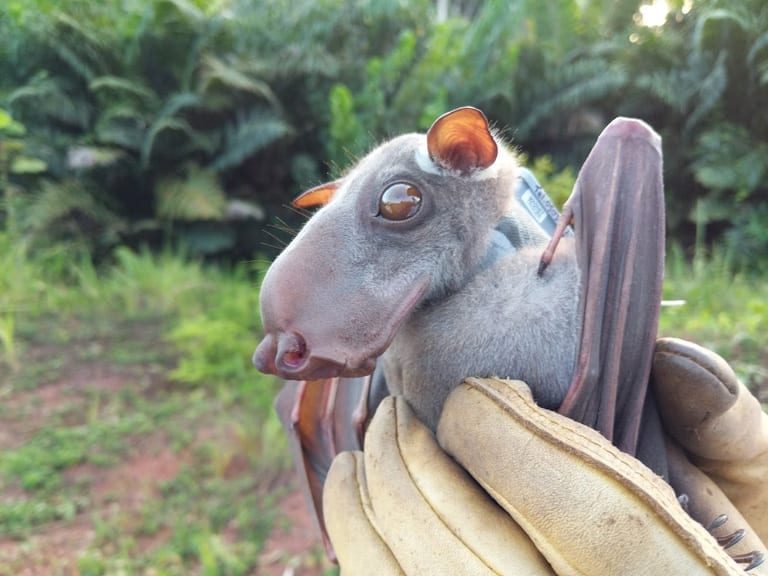
With a wingspan reaching 97cm, the hammer-headed bat is the largest bat in Africa. Its diet consists of figs and fruits. To mate, they implement the “lek” system in which males gather in a large group in order to attract the females.
Star-Nosed Mole
This wild-looking mole looks like it has a growth on its face, but its star-shaped nose actually has the ability to feel more than a human fingertip. It is named the world’s fastest eater, gulping down its diet of insects and worms in a quarter of a second.
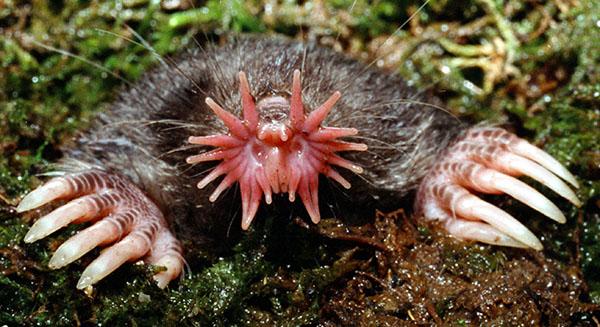
The star-nosed mole is often burrowed underground, which is why it needs its star. The red nose helps the mole hunt down prey in the soil because the touch sensors in the nose help it feel around 10-12 places per second.
Jerboa
These impressive little desert rodents are found in Asia, Arabia, and Northern Africa. They are speedy creatures with long ears and even longer legs. Its hind legs are four times longer than its front legs, and its ears are 2/3 the size of its body.
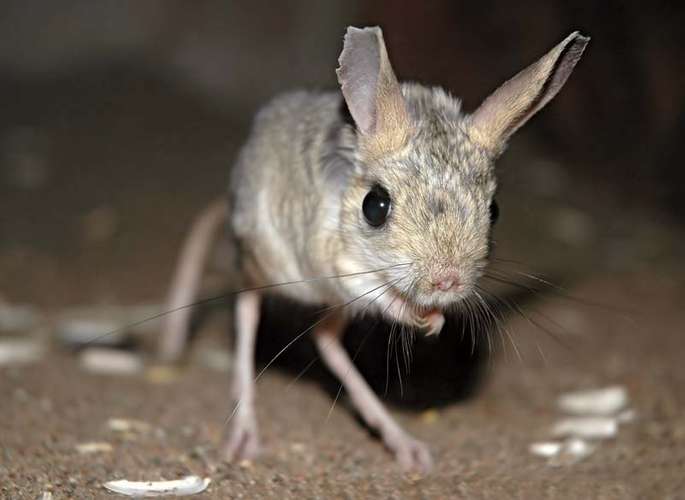
Jerboas can jump a whopping distance of 9.8 feet and run at a speed of up to 24km per hour. This agility helps them run away from their predator, the owl. They don’t drink water but instead get their H2O fix from their diet, namely insects and plants.
Proboscis Monkey
The Proboscis monkey, also known as the long-nosed monkey, is native to Indonesia, where it is locally known as bekantan. Its large nose flops down its face, and its body is a mix of reds, grays, and browns. They are found in Borneo’s coastal areas and mangroves.
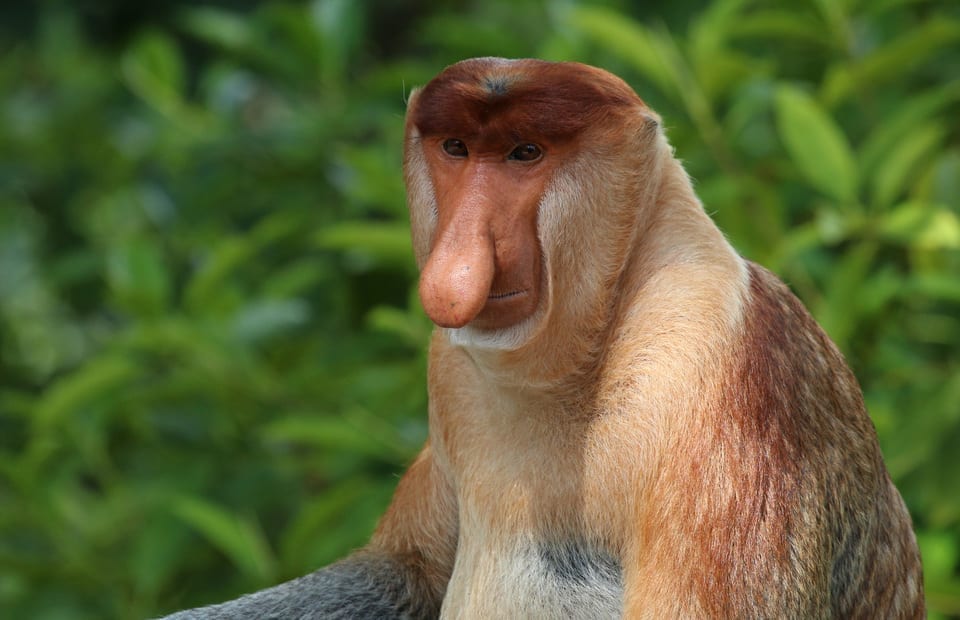
Proboscis monkey males can weigh up to 20kg, and the females weigh roughly half of that. They spend all their time on trees unless they need food, which mostly consists of seeds, leaves, unripe fruits, and sometimes insects. Their long noses actually attracts females during mating season, acting as an amplifier for their mating call to intimidate other males and impress the females.
Lowland Streaked Tenrec
A native of Madagascar, the lowland streaked tenrec, habituates rainforests, scrublands, and lowlands. It has yellow quills along its back, and more stated quills around its head, as well as a long snout. Their forms are similar to hedgehogs, although the tenrecs have darker skin and brighter quills.

Tenrecs are insectivores, feeding on insects and earthworms. They are sociable and gather in groups of up to 20. During winter months, they conserve heat in their bodies for as long as possible, and if it gets too cold for them, they burrow underground and hibernate.
Heikegani Crab
This is also a bizarre crustacean originating from Japan, though they look more like a deadly spider than a crab. But what makes these crabs unique is not its arachnid-like shape; it’s the angry face looking up at you from the surface of its shell.
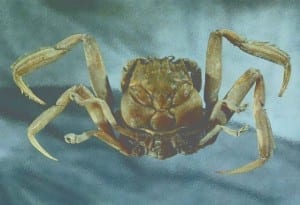
According to Japanese folklore, the samurai warriors who fought in the Battle of Dan-no-ura in 1185AD all reincarnated into these crabs. This is what earned them the nickname Samurai Crab. As a sign of respect, locals do not eat Heikegani, throwing them back into the ocean instead.
Casper Octopus
Reminiscent of Casper the friendly ghost, this phantom-like octopus was only recently discovered in 2016 on the ocean floor of Necker, Hawaii, at 4,290m. They don’t even have a scientific name yet. According to scientists, its ghostly appearance maybe because it doesn’t possess the pigment cells present in most of its kind.
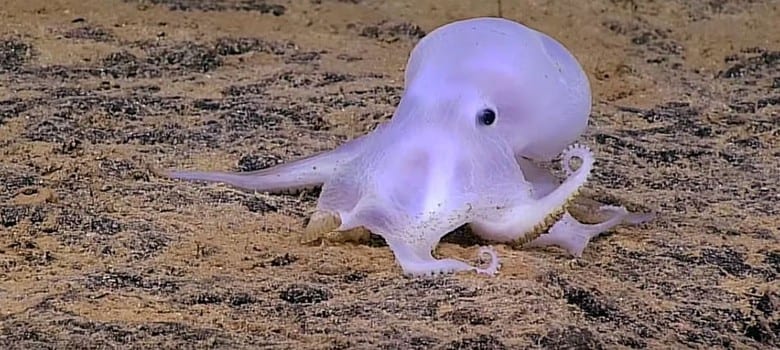
The Casper octopus has no fins, which surprised scientists because octopi found in those depths always have fins. A recent discovery revealed that its parenting strategy is heartbreaking. It lays its eggs on dead sea sponge stalks and wraps its whole body around the stalk for years until the eggs hatch. The Casper octopus then dies, its purpose fulfilled.
Sri Lanka Frogmouth
Native to the Western Ghats, South India, the Sri Lanka frogmouth is known for their large heads, wide bills, and nostrils that are like slits. They live in subtropical forests and are related to the nightjar bird.
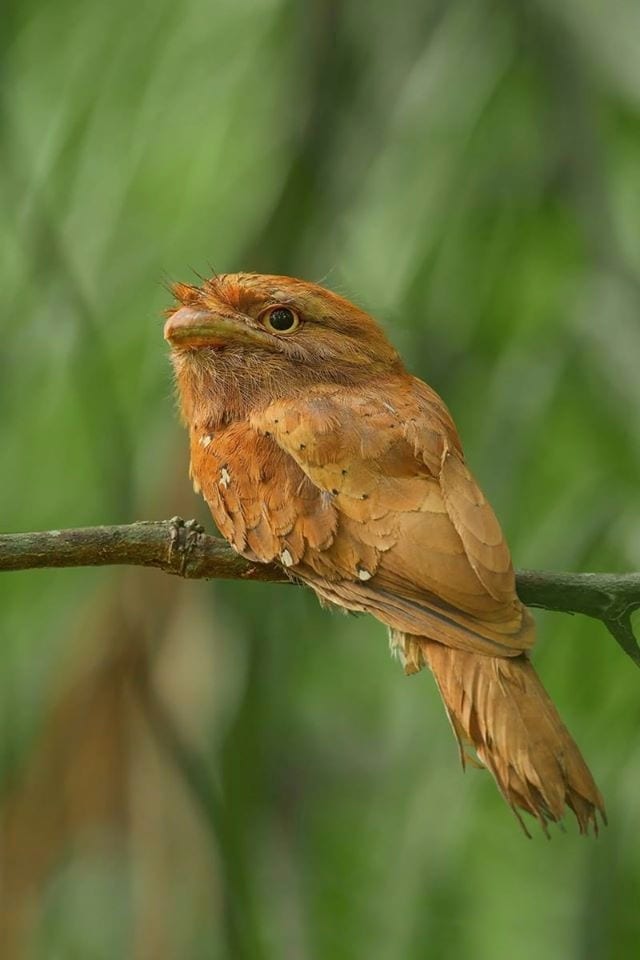
These birds would place their nests in dense trees, but due to human activities, there are less and less of these kind of trees available for them. They have been found dwelling in cashew trees instead. Their feathers are multiple shades of brown, resembling their nests, which help them to stay hidden.
Bigfin Squid
These squids are rarely ever seen, which is why there is very little known about them. They are another sea creature that looks extra-terrestrial, with their arms being 90% the length of its body. They are found in incredible depths of the ocean.
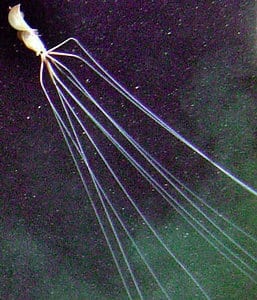
The arms on the bigfin squid have two regions. The proximal arms nearest to their bodies are shorter and have large suckers on them. Meanwhile, the distal arms are much longer and slender. These are covered in little suckers.
Guianan Cock-of-the-Rock
Bright orange and eye-catching, the Guianan Cock-of-the-rock fly around the rocky areas in the lowland forests of South America. More uniquely, the male birds have crescent-shaped crests on top of their head, which extends from the edge of its beak to behind their eyes. This crest is lined with the color brown.
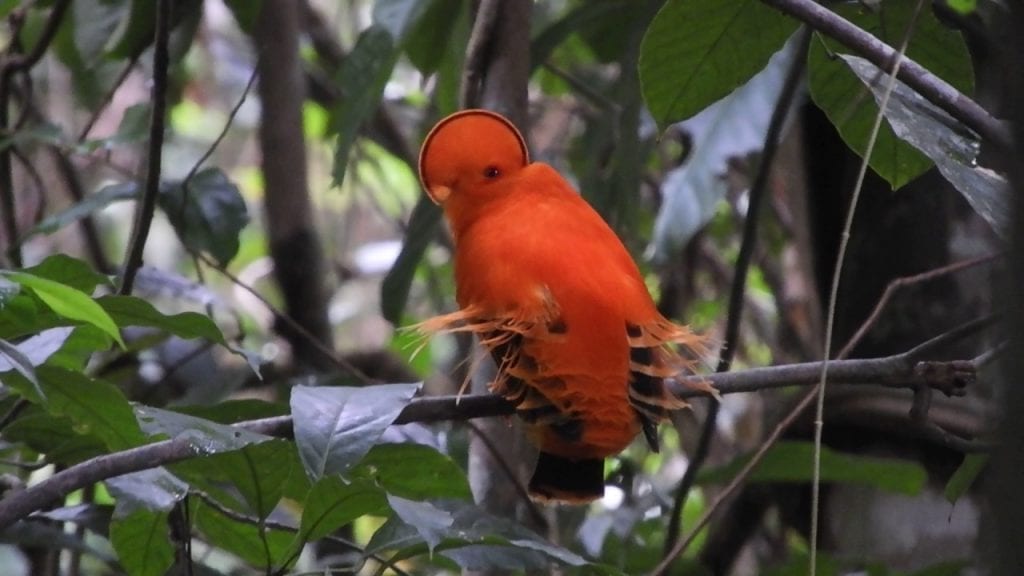
These little birds are relatively small, growing up to just about 30cm. Their diet involves mostly berries and fruits, but they will eat insects, frogs, and small reptiles if fruits aren’t available.
Wrinkle-Faced Bat
The wrinkle-faced bat can be found in dense forests and dry moist areas in Central America. They are often seen at altitudes below 1,000 meters. These creatures have a peculiar face because it looks like it’s been folded inwards.
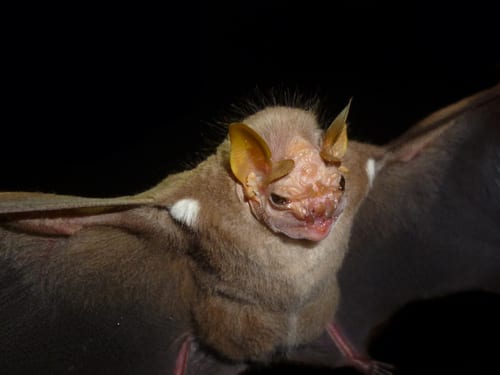
The complicated flaps and folds of skin around their noses make this one of the most bizarre-looking bats. Added to this, they also have a white beard, and the inside of their ears are yellow. The wrinkle-faced bat feeds on dried fruits, even though it is not classified as a fruit bat.
Eastern Long-Necked Turtle
Another prehistoric-looking animal is the Eastern long-necked turtle. They are mostly found in Australia’s freshwater and wetlands. These creatures’ shells can grow up to 25cm long, and their necks can also grow up to the same length.
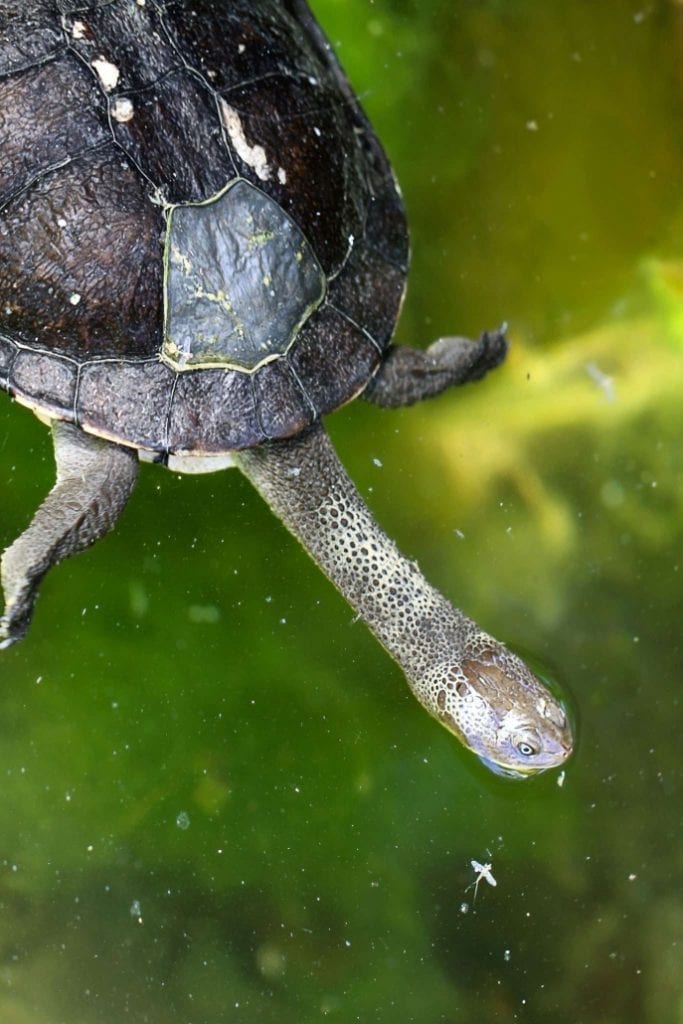
The Eastern long-necked turtles have webbed claws for swimming and digging. Their diet consists of frogs, tadpoles, and fish. Although turtles are slow-moving, their necks aren’t. The neck can swiftly extend out of the shell to catch moving prey.
Ankole-Watusi Bull
This bull is a new American breed of domestic cattle. It derives from cattle breeds from Central Africa called the Sanga. Their unique characteristic is their very large horns. They are relatively medium for animals of the bovine family, medium meaning bulls weigh in at a maximum of 1,600 pounds.
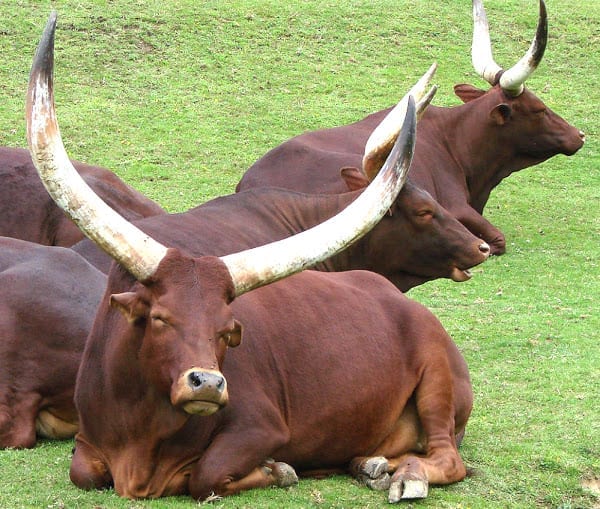
Ankole-Watusi bulls vary in color and pattern. Some of them are a solid reddish-brown, while others are spotted. Because of their large horns, they have been referred to as the “king of cattle.” Their wide history enables them to live in varying temperatures and weathers.
Portuguese Man o’ War
At a glance, the Portuguese man o’ war may look like a jellyfish, but don’t be fooled. These sea creatures have earned themselves the notorious nickname “floating terror” for the venomous sting coming from their tentacles, which can span up to 165 feet.

This creature is actually a siphonophore. They are made up of a group of organisms that work together. The first structure is a bladder filled with gas, which enables it to float above water. This structure looks like a warship, hence its name. The second structure is the venomous legs.
